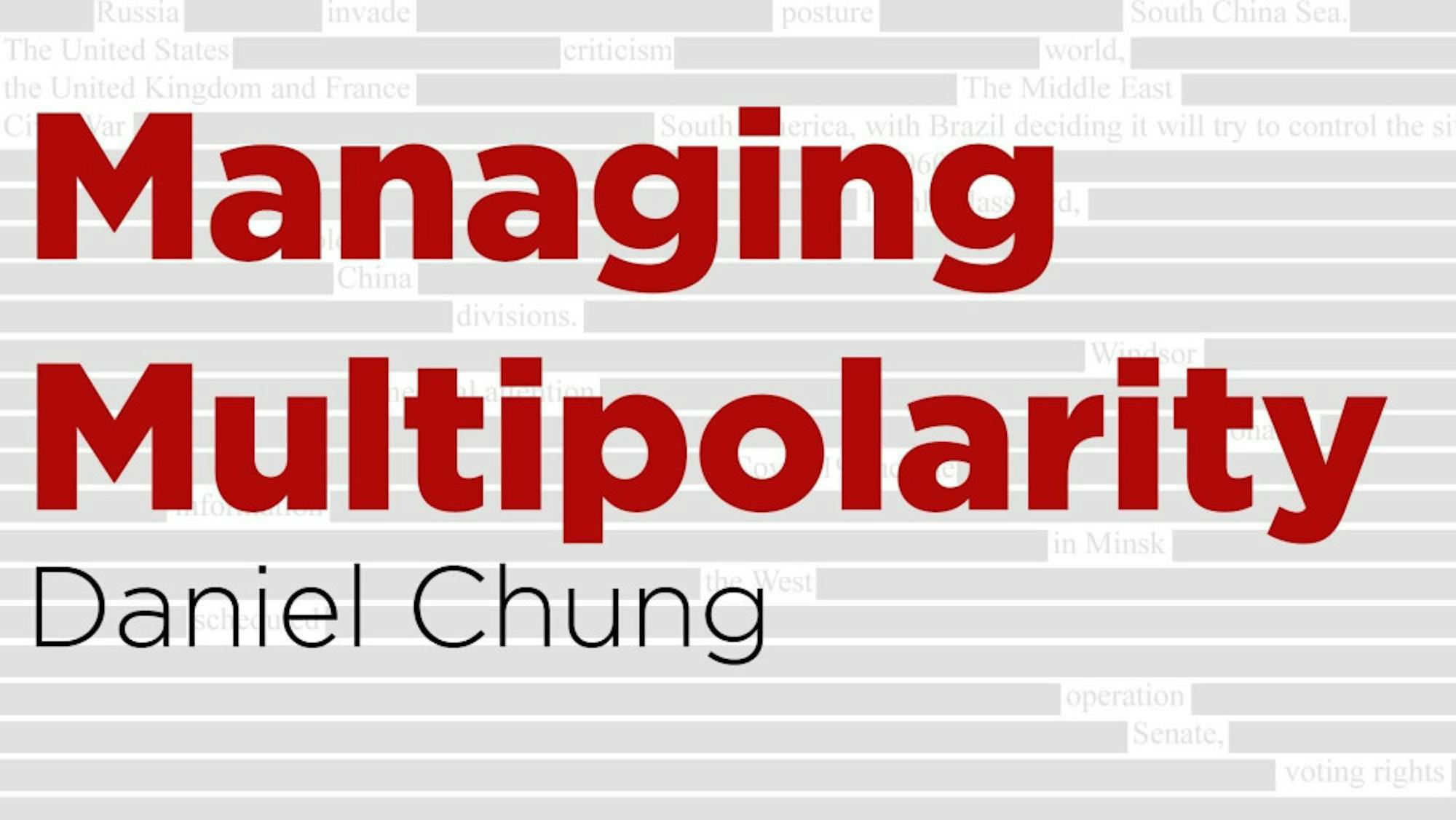To many within the Washington foreign policy establishment and even the public at large, the idea of India as a future great power has been accepted as a foregone conclusion since the days of BRICS. However, much of the thinking behind why this is the case has been obscured, as have the substantial challenges that India will face in the process of rising to regional hegemony.
Under the (sexist and islamophobic) leadership of Narendra Modi’s nationalist BJP, India has started exerting more control over managing its own bilateral relationships instead of subjecting them to the whims of Washington, and it has become more of an assertive player in regional politics. India is unlikely to abandon its more prominent role in determining international security, for one main reason: India is fearful for its own security. China and Pakistan contest Indian-claimed Jammu and Kashmir. As many in New Delhi see it, the only way to secure Indian interests and prevent further instability is to expand its own military capabilities, driving it to become a regional great power.
India has the two main determinants of geopolitical success going for it — demographics and geography. On the front of demographics, a large proportion of India’s population is of working age (around 50% of its population is between the ages of 15 and 44), with the large labor force meaning India’s economy can continue to grow, sustaining future great-power status. On the geography front, despite the concerns I have already laid out, India’s strategic positioning is ideal in many ways. Geographically jutting out into the ocean affords India an ability to access nearby seas, from the Suez Canal and the Strait of Hormuz to the Straits of Malacca. It also effectively allows the country to extort nations that want to use the crucial trade routes of the Indian Ocean for protection money — over 80% of the world’s trade passes through the area. This would designate India as the security arbiter for countries from the Middle East to Oceania. The only step India would need to take to realize this future would be building up a farther-reaching navy to better project its power abroad.
Despite all my bullishness thus far, India’s domestic barriers to realizing its great power future abound. This is primarily the matter of economic and infrastructure integration. For a country as large as India, its infrastructure is not up to par, with weak power and transportation infrastructure which holds national economic development back and keeps many parts of the population in poverty. Without improved infrastructure, India cannot hope to become a leading regional power, as its economy will remain stagnant and relatively uncompetitive. However, Modi has recently announced $1.3 trillion of new infrastructure spending which could go a long way to integrating India’s regions and preparing it for regional leadership.
Whether India rises or continues to muddle along, while other nations fall to a coming global disorder driven by American disinterest in playing the role of world police, India remains poised to seize on the new region-led order to its advantage.






